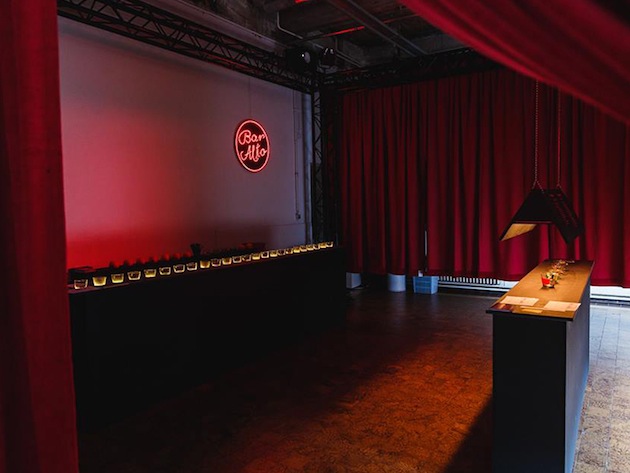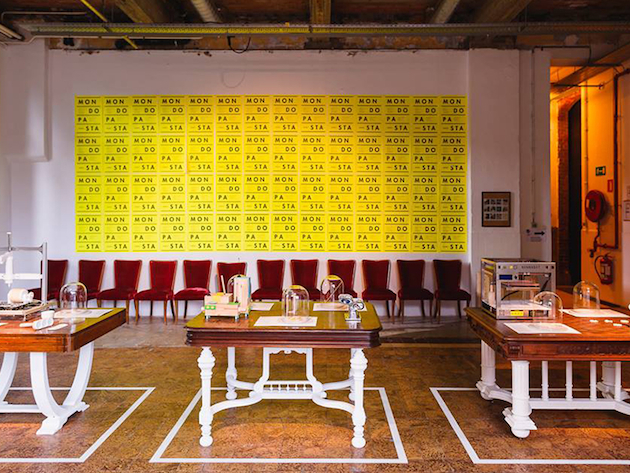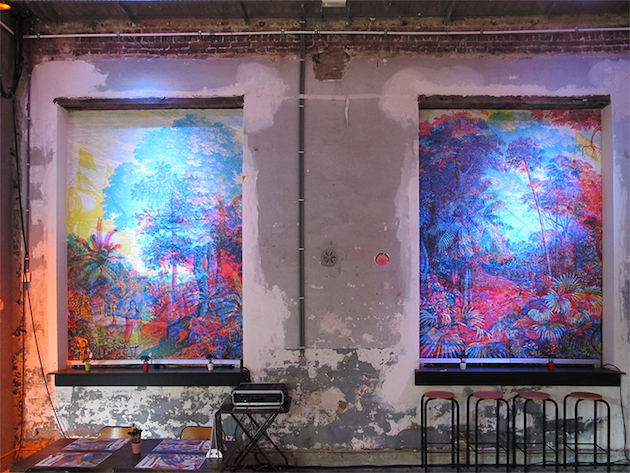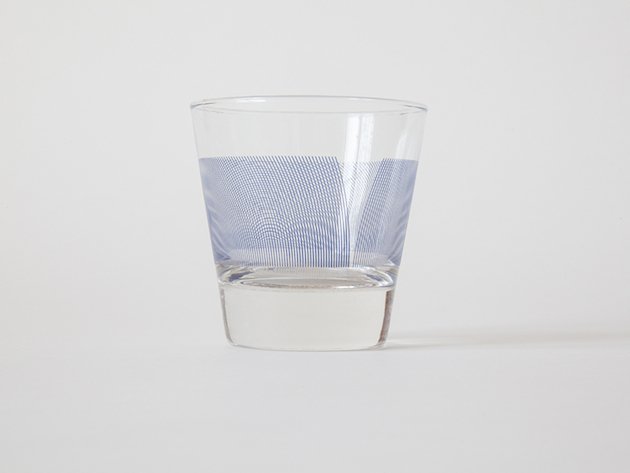
What does design stand for today? Even if we keep on saying that every age deserves its chair – which means that, despite contemporary oversupply, industrial renovation still makes sense and still needs to be encouraged as a source of evolution and self expression– we are also aware that design needs to challenge its core identity and progressively shift toward new boundaries of meaning and usefulness.

“Design for the other 90%”, “sustainable design”, “service design”: these are all possible design extensions that have recently been identified as new, effective frontiers for contemporary problem-solving. Nevertheless, other perspectives seem to recur quite often, and one, in particular, curiously stands in the middle between economic development and entertainment. That’s the case of marketing territory, a marketing subcategory that has recently looked at design as a privileged method to promote and enhance an area’s cultural and economical potential. Sounds like an effort already undertaken by the wine industry? Yes, when it has been singing the praises of terroir as the most authentic dimension behind a bottle’s goodness and value.

Three casually chosen case studies show what is at stake. Elected cultural capital of Europe in 2015, the Belgian city of Moins decided to invest into an unusual promotion of its partnership with other European towns, including Milan. “Ailleurs en Folie Milan”, curated by Arabeschi di Latte’s founder Francesca Sarti and involving many original voices of the youngest generation of Milanese designers, explores atemporal clichés of Italy’s economic capital – the Negroni cocktail, the dance hall, a trattoria and a bar, just to quote a few examples -, reinforcing their imagery through irony and a new aesthetics.

In a few days, the architecture collective Rihabitat will launch a workshop to be held in Irpinia, one of the most underdeveloped areas of Southern Italy. The goal of their “Rural Design” initiative is to promote design as a means to rediscover local artisans’ expertise and to refresh it through the visions and needs of young designers. In September, the siege of Europe’s most ancient University location, the city of Bologna, will inaugurate the first edition of its design week. In conjunction with Cersaie, international tradeshow for ceramic tile and bathroom furnishings, the fair off will be conceived as a means to present the city’s design vocation – its significant manufacturing industry, for example, but also the heritage of the most prominent Bolognese designer and entrepreneur, Dino Gavina – and to engage local creative industry into a reinforced, performing networking system.
Giulia Zappa
